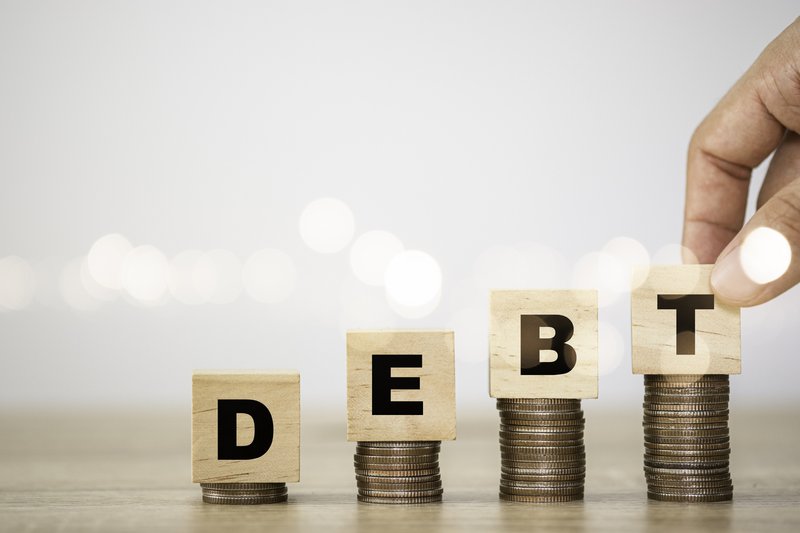'Most difficult financial year' leaves South Africans sinking deeper into debt
Updated | By Emile Pienaar
New surveys have shown last year to have been among the most financially difficult South African consumers have endured since democracy.

The South African Reserve Bank implemented a series of repo rate hikes in an effort to curb inflation.
South Africa's consumer inflation fell for the second month in December to 5.1% year-on-year from 5.5% in November.
That took headline inflation slightly closer to 4.5%, where the bank has said it wants to see inflation before contemplating interest rate cuts.
Debt Rescue CEO Neil Roets says the latest Q4 2023 Debt Index shows that last year’s high inflation and rising interest rates combined to erode disposable income.
“Nominal incomes were 1% higher than 2016 levels. However, when cumulative inflation growth of 40% is factored in for the same seven-year period, consumers’ purchasing power diminished by 39% over this period. This means consumers are feeling like they are taking home 39% less today in real terms than they did in 2016.”
Roets says some consumers need to spend around 62% of their take-home pay to service their debt before coming to debt counselling.
“Those taking home R35,000 or more per month need to use 71% of their income towards debt repayments. The debt-to-income ratio for top two income bands is higher in Q4 2023 compared to same periods in the past: 131% for those taking home more than R20,000 per month, and 171% for those taking home R35,000 or more per month. These ratios are at or near the highest-ever levels.”
ALSO READ:

Show's Stories
-
How to cook butter chicken without butter
Is it possible to still make a delicious version of this Indian dish wit...
The Drive with Rob & Roz 12 hours ago -
LOOK: R1 billion Cape Town hotel set to be completed in 2026
The 'super luxury' hotel is one of the most expensive hotels built in So...
The Drive with Rob & Roz 12 hours ago